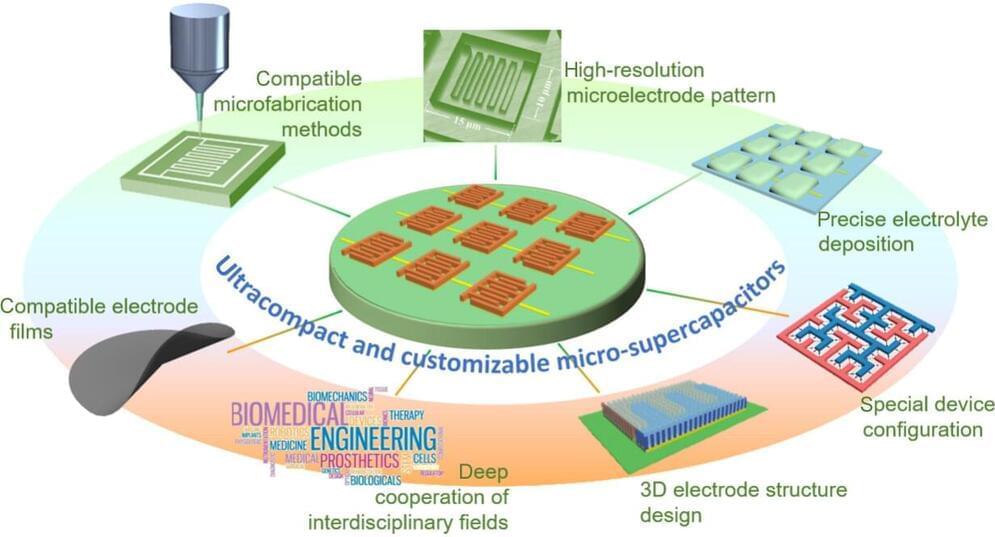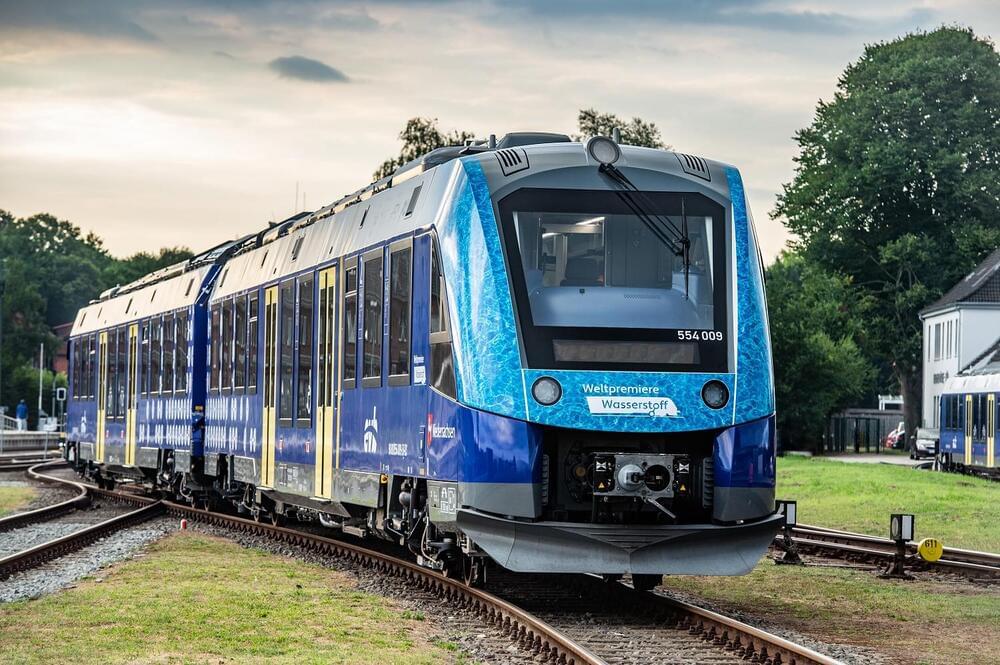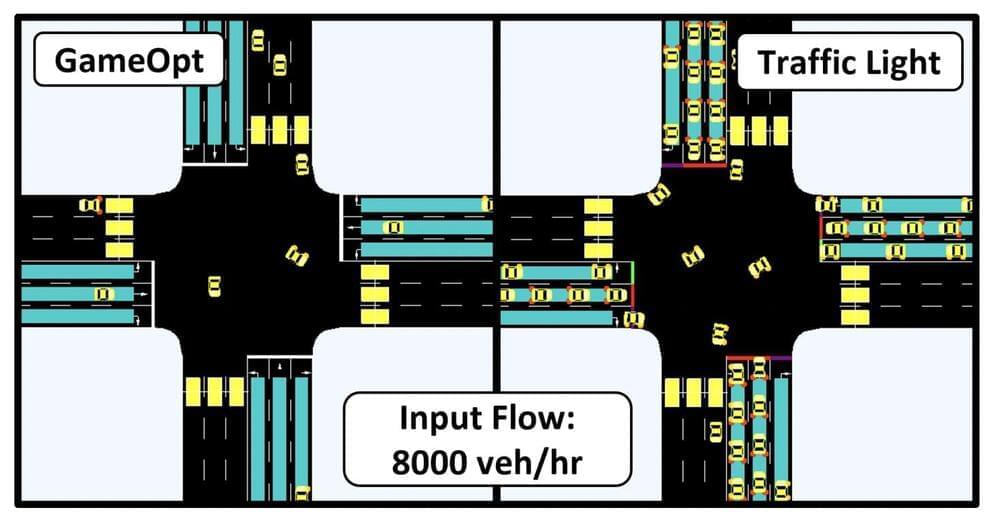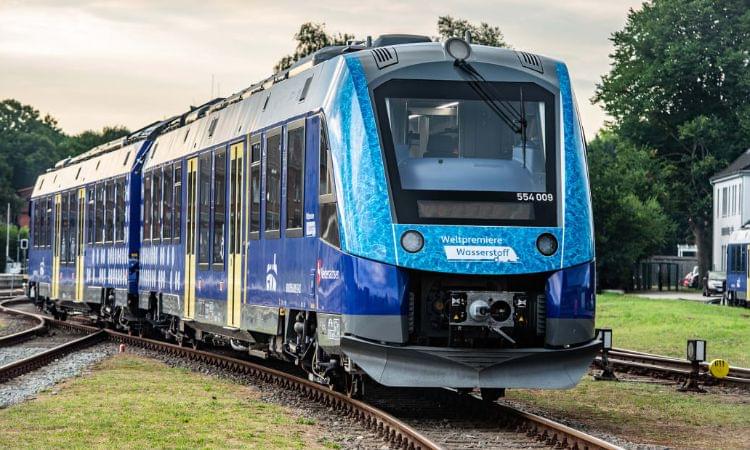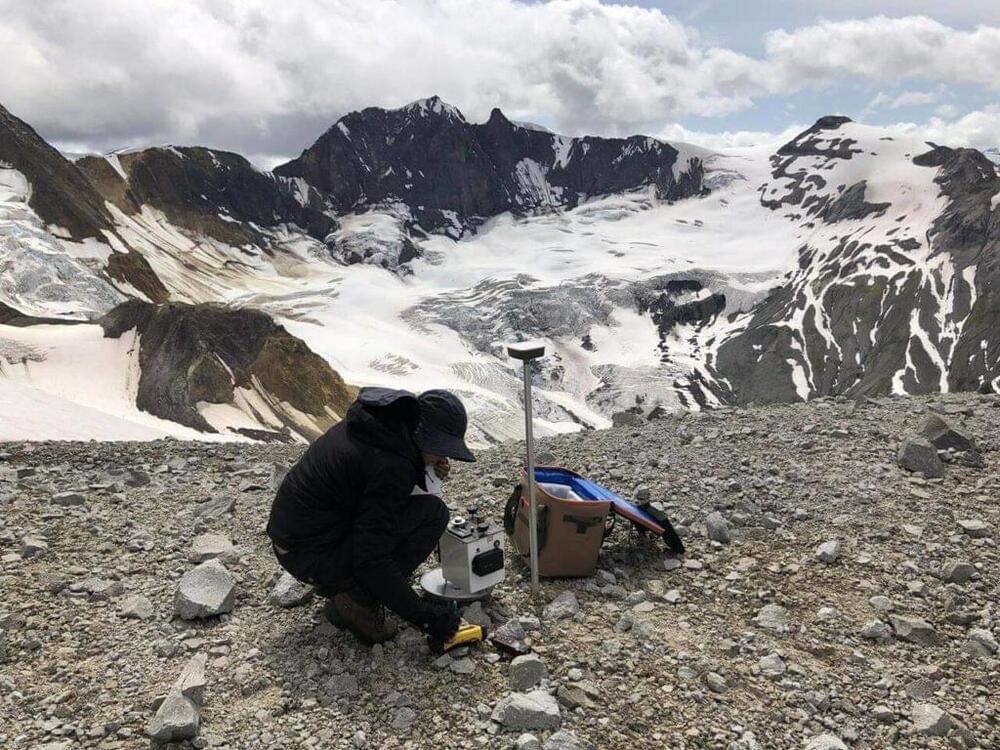It doesn’t involve magic but mirrors and lenses.
Energy can be trapped in the form of electric charge and heat, but until now, it has been impossible to absorb it in the form of light using traditional methods. Now a team of researchers from the Hebrew University of Jerusalem and Vienna University of Technology (TU Wien) claims to have developed the perfect setup to trap light, according to a press release published by EurekAlert.
Although this isn’t the first time scientists have come up with a way to absorb light energy, it is probably the only “light trap” method using which light energy can be absorbed even by very thin and weak mediums.
Whether in photosynthesis or in a photovoltaic system: if you want to use light efficiently, you have to absorb it as completely as possible. However, this is difficult if the absorption is to take place in a thin layer of material that normally lets a large part of the light pass through.
Now, research teams from TU Wien and from The Hebrew University of Jerusalem have found a surprising trick that allows a beam of light to be completely absorbed even in the thinnest of layers: They built a “light trap” around the thin layer using mirrors and lenses, in which the light beam is steered in a circle and then superimposed on itself – exactly in such a way that the beam of light blocks itself and can no longer leave the system. Thus, the light has no choice but to be absorbed by the thin layer – there is no other way out. This absorption-amplification method, which has now been presented in the scientific journal Science, is the result of a fruitful collaboration between the two teams: the approach was suggested by Prof. Ori Katz from The Hebrew University of Jerusalem and conceptualized with Prof. Stefan Rotter from TU Wien; the experiment was carried out in by the lab team in Jerusalem and the theoretical calculations came from the team in Vienna.
Thin layers are transparent to light

